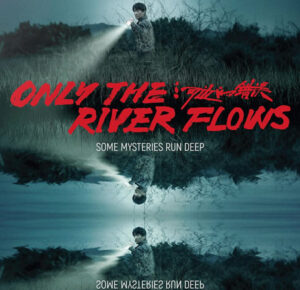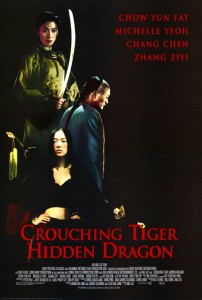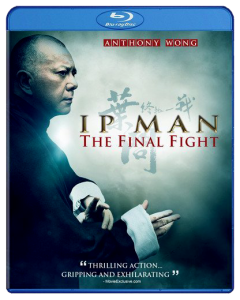In a 2022 poll, 40% of U.S. homeowners said they seriously considered installing solar panels in the past year. In the same survey, 8% said they’ve already done so.
Now that the 30% federal solar tax credit is back, those figures will likely grow further. That should be a good enough incentive for you to consider becoming a green energy user yourself.
With that said, you’re likely asking, “How do I even choose solar installation companies near me?”
Don’t worry, as this guide contains all the answers you need. So, read on to discover the steps in selecting a reputable solar installer.
Search “NABCEP Solar Installation Companies Near Me” Online
NABCEP is the acronym for the North American Board of Certified Energy Practitioners. It’s a well-established nonprofit organization offering accreditation and certification for renewable energy experts. It’s the gold standard for high-quality installations in the U.S., Canada, and worldwide.
A solar company or installer can only get NABCEP-certified if they pass an exam. This test checks their skills, knowledge, and qualifications to install solar energy systems.
Once certified, NABCEP solar energy professionals must undergo continuing education. Otherwise, they won’t be able to maintain their NABCEP certification and credentials.
As a solar consumer, you can look at NABCEP certification as proof of competency. For the same reason, you should only look for and hire a solar installer with this certification. After all, it’s a sign you’re dealing with a competent professional.
Verify NABCEP Certification Status
After searching for NABCEP-certified solar companies, visit their websites. Check their “About Us” or “Contact Us” page for their NABCEP certification number. So long as they’re genuine NABCEP members, they should publish this info on their sites.
You can then check the company’s certification status using the NABCEP Professional Directory. This has a lookup tool in which you can enter a certification number. Once you hit search, it should display the name of the certificate’s owner and a link to reviews.
If the certification number doesn’t provide any result, it may be either fake or inactive. In this case, take your business elsewhere.
Read Legitimate Reviews
Emphasis on legitimate, as the internet is full of fake and deceptive reviews. Indeed, according to statistics, over 8 in 10 polled consumers said they’d read a fake one.
Fake online reviews are often short and vague, such as “Great service!” or “Awesome staff, I recommend them.”
By contrast, genuine reviews are long and detailed. They also often include the good and the bad. Others may have no complaints, but they may still be honest if they explain each positive point in detail.
Either way, look for specific details, like the sales process, proposals, and permits. Also, pay attention to comments about timeliness, work ethics, and support after installation.
Honest reviews also detail problems that may have occurred. That shouldn’t be a problem, though, as long as the company fixed the issues. However, if the negative reviews outnumber the positive ones, take that as a red flag.
Check Each Solar Company’s License Validity
After reading reviews, you’ve likely trimmed your list to about three companies. The next step is to check their state-required licenses.
Depending on the state, installers and companies must get a solar contractor’s license. An example is Connecticut, with four different solar trade licenses. The CT government site has a license lookup tool for verifying license statuses.
In other states, solar installers must carry a general electrical license. They also need a contractor’s license and a business license.
Verify all licenses since this often signals a company’s insurance status. After all, most states require licensing applicants to present proof of insurance. This includes general and professional liability coverage.
Without insurance, states don’t grant licenses.
If you make the mistake of hiring an uninsured installer, you may face liabilities. For example, if they cause damage to your roof, you may have to pay out of pocket to repair it.
Confirm Your Prospects Offer Free Assessments
Installing home solar panels can result in savings of up to $50,000 over the life of a system. However, this still depends on the type, the quality, and the number of panels installed. Their installation location also affects their output and how much they can save you.
Because of such variables, reputable solar installation companies must conduct an on-site assessment. They do this to determine your eligibility to go solar, such as if your home gets enough sunlight. Fortunately, the best solar installer offers this service for free.
Don’t agree to a paid on-site assessment; instead, take that as a sign you may be dealing with a scam.
On the day of your assessment, gauge each company’s professionalism. For example, even though they don’t charge for it, they must still arrive on time. If they’re late, it signals poor work ethics that may extend to their installation process.
Also, pay attention to the assessors’ equipment. They should wear personal protective gear, for starters. If they go up your roof without safety harnesses, that’s a bad sign.
Throughout the day, the company’s staff should explain the steps. For instance, they’ll tell you they need to inspect your roof to see if it can support the panels. They may also give you to option to get a ground-mounted system if your roof isn’t an ideal location.
Time to Look for Solar Installers Near You
Remember: NABCEP certification is one of the most vital factors to look for in a solar installer. So when you do an online search, use the key phrase “NABCEP solar installation companies near me.” This can help trim your search and point you to competent installers.
From there, check their certification and licensure. Then, read reviews and book assessments only with firms offering them for free. After this, you can decide which company is right for you.
For more informative content like this, please browse the rest of our blog!
















 “
“ “
“



5 Comments